How is it possible to float faceup without sinking? Does balance rely on distance or gravity?
•4 min read
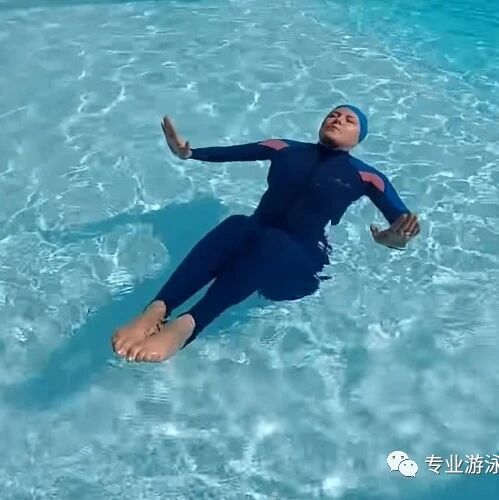
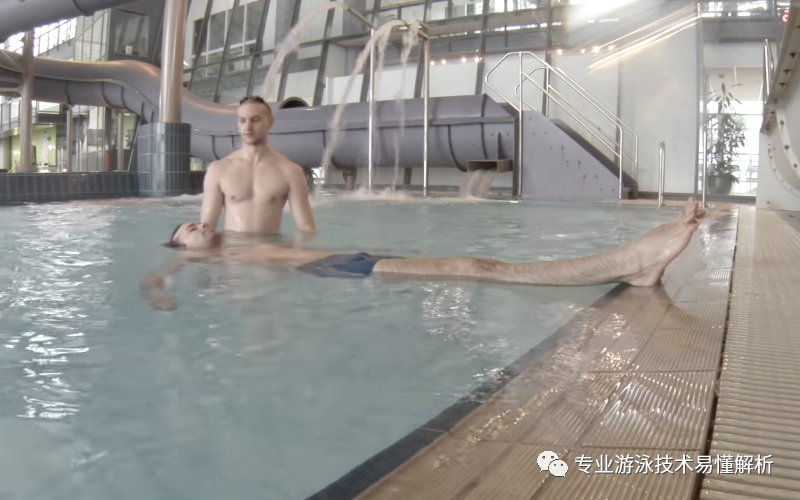
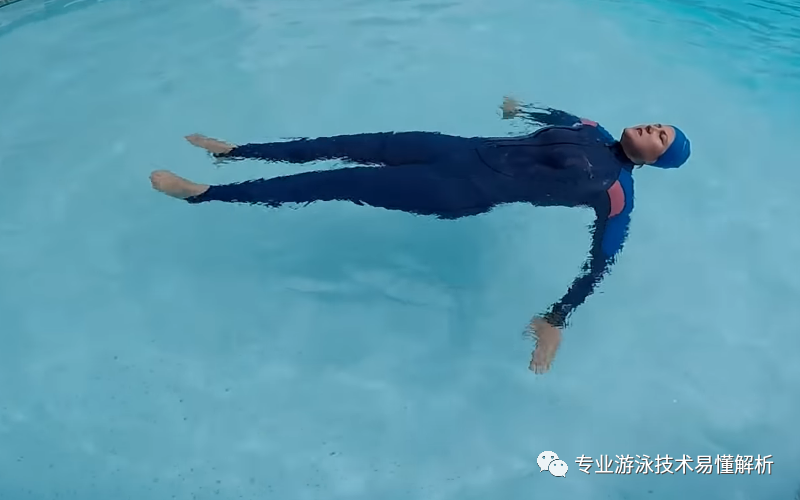
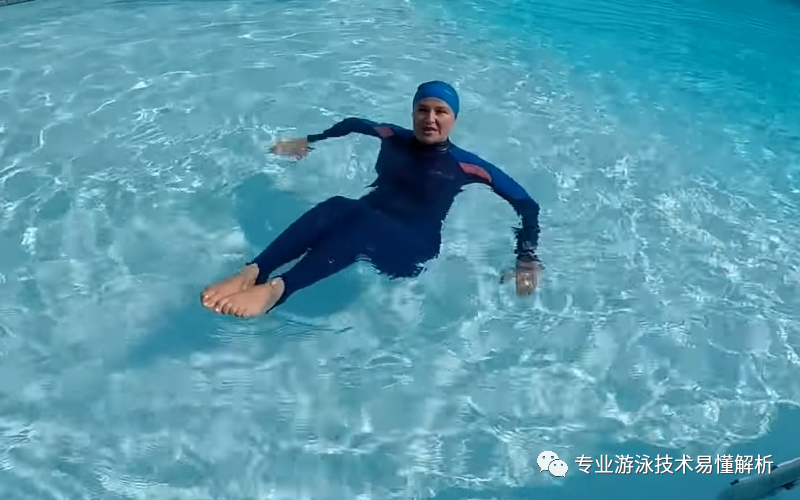
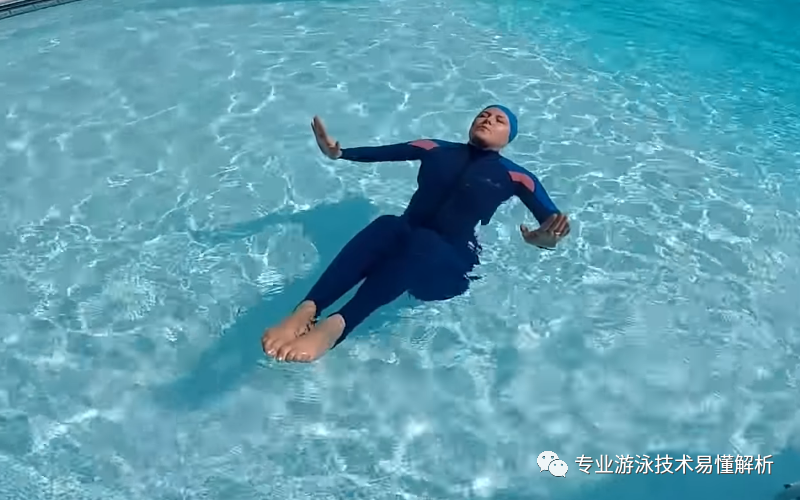
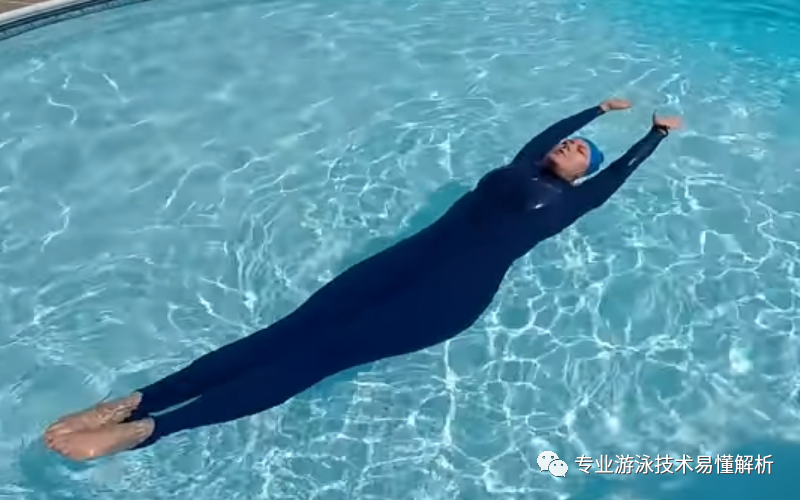
Related Articles
Swimming
Detailed analysis of the full-immersion swimming concept, helping you truly master the techniques and principles of this unique swimming style.

Swimming
A non-promotional yet promotional message: Upload a video demonstrating how to correct swimming techniques.
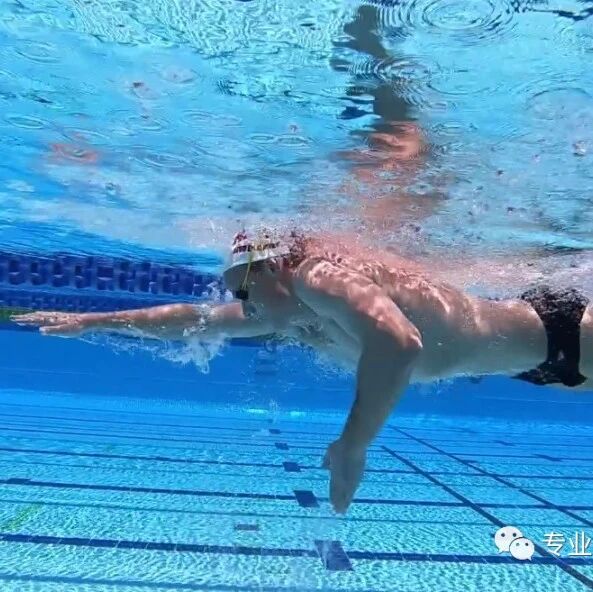
Swimming